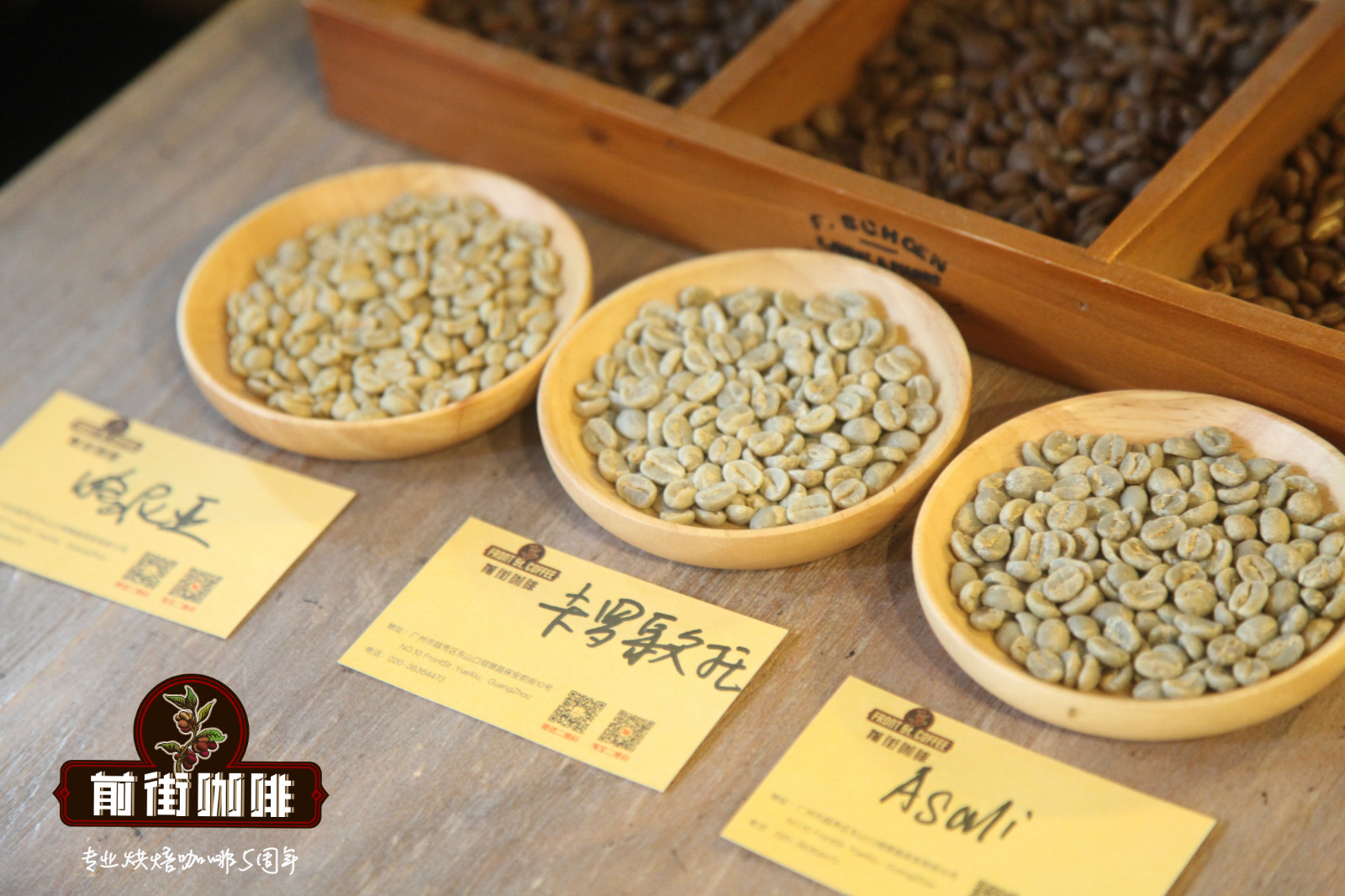Is the Yemeni top coffee Matalimoka coffee beans mellow and sour?

Professional coffee knowledge exchange more coffee bean information please follow the coffee workshop (Wechat official account cafe_style)
Yemeni Coffee Matali Mocha
[flavor] with aromas of nuts, flowers and ripe fruit
[uniqueness] the changeable taste of red wine
[smell] Oils and oils with citrus aromas
[mellow] the sweetness of the aftertaste leads to the chocolate taste of nuts
[acidity] the change of acidity is detailed.
Yemeni Matalimoka (Yemen Mattari Mocca)
The Yemeni coffee producing area is located in the Bani Mattar district west of the capital Sana'a. The breed is Matali (Arabica adzuki bean), which is an older Arabica species and should have been introduced from Ethiopia. The growth environment is in the desert oasis, irrigated with oasis water, and the natural environment is dry at the time of harvest (the dry period is the harvest season coincides with the coffee growth cycle).
After harvest, the raw beans are placed on the roof and treated in the sun, and the coffee beans are turned over regularly to ferment evenly. Due to the direct exposure to high temperature and sunlight outside, the fermentation process is also intense, but the low temperature at night will ease the fermentation process so that the coffee beans will not overfermentation. The next day the sun will wake up the coffee beans and let them continue to ferment.
The fermentation of the sun method is very intense, so it only takes about 3 days, and the internal fermentation of coffee beans tends to be static on the 3rd day. Sun exposure is the main reason why this coffee bean has obvious coffee beans, and there will be a strong mixed smell in the mouth.
Matali is the top mocha in Yemeni coffee and the most famous national treasure coffee in Yemen. Floral and fruity, aroma rising and elegant, from smelling to sipping all stages full of red wine and high-grade chocolate flavor, quite unforgettable.
Related recommendation: what is mocha coffee? Yemeni mocha-Matali sun beans are the real mocha coffee beans in Yemen
Important Notice :
前街咖啡 FrontStreet Coffee has moved to new addredd:
FrontStreet Coffee Address: 315,Donghua East Road,GuangZhou
Tel:020 38364473
- Prev

How to brew Yemeni coffee with V60, KALITA three-hole filter cup and cake cup
Professional coffee knowledge exchange more coffee bean information please follow the coffee workshop (Wechat official account cafe_style) Yemeni coffee V60, KALITA three-hole filter cup and cake cup are fine. Yemeni coffee V60 brewing method: parameters: water temperature 90 degrees / grindness BG 5R (Chinese standard 20 sieve pass rate 64%) / powder / water ratio 1:15 / time 201: 27g water
- Next

Varieties and taste of coffee growing areas in Yemen explain how about Yemeni coffee powder
Professional coffee knowledge exchange more coffee bean information please follow coffee workshop (Wechat official account cafe_style) Yemen Coffee Summary population (2006): 21.4m people Coffee production: 50000 bags of Coffee capacity: 132lb-60kg Coffee Export: 50000 bags of cultivated area: about 7700 ha (19000 acres) harvest: October-December Yemeni coffee
Related
- Detailed explanation of Jadeite planting Land in Panamanian Jadeite Manor introduction to the grading system of Jadeite competitive bidding, Red bid, Green bid and Rose Summer
- Story of Coffee planting in Brenka region of Costa Rica Stonehenge Manor anaerobic heavy honey treatment of flavor mouth
- What's on the barrel of Blue Mountain Coffee beans?
- Can American coffee also pull flowers? How to use hot American style to pull out a good-looking pattern?
- Can you make a cold extract with coffee beans? What is the right proportion for cold-extracted coffee formula?
- Indonesian PWN Gold Mandrine Coffee Origin Features Flavor How to Chong? Mandolin coffee is American.
- A brief introduction to the flavor characteristics of Brazilian yellow bourbon coffee beans
- What is the effect of different water quality on the flavor of cold-extracted coffee? What kind of water is best for brewing coffee?
- Why do you think of Rose Summer whenever you mention Panamanian coffee?
- Introduction to the characteristics of authentic blue mountain coffee bean producing areas? What is the CIB Coffee Authority in Jamaica?

